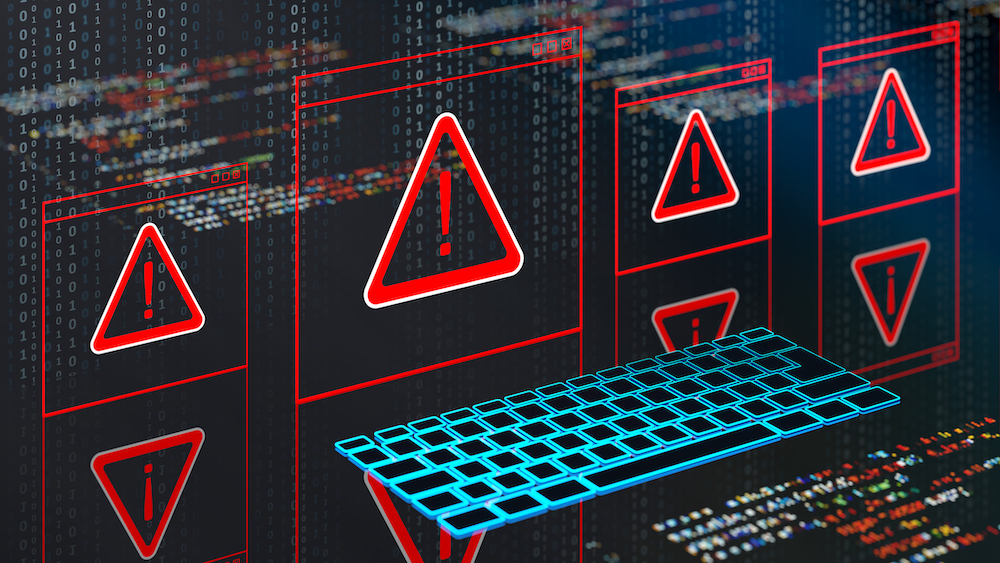- Регистрация
- 17 Февраль 2018
- Сообщения
- 38 866
- Лучшие ответы
- 0
- Reactions
- 0
- Баллы
- 2 093
Offline
AMI MegaRAC used in servers from AMD, ARM, Fujitsu, Gigabyte, Supermicro, and Qualcomm.


Credit: Getty Images
Hackers are exploiting a maximum-severity vulnerability that has the potential to give them complete control over thousands of servers, many of which handle mission-critical tasks inside data centers, the US Cybersecurity and Infrastructure Security Agency is warning.
The vulnerability, carrying a severity rating of 10 out of a possible 10, resides in the AMI MegaRAC, a widely used firmware package that allows large fleets of servers to be remotely accessed and managed even when power is unavailable or the operating system isn't functioning. These motherboard-attached microcontrollers, known as baseboard management controllers (BMCs), give extraordinary control over servers inside data centers.
Administrators use BMCs to reinstall operating systems, install or modify apps and make configuration changes to large numbers of servers, without physically being on premises and, in many cases, without the servers being turned on. Successful compromise of a single BMC can be used to pivot into internal networks and compromise all other BMCs.
We don’t need no stinkin’ credentials
CVE-2024-54085, as the vulnerability is tracked, allows for authentication bypasses by making a simple web request to a vulnerable BMC device over HTTP. The vulnerability was discovered by security firm Eclypsium and disclosed in March. The disclosure included proof-of-concept exploit code allowing a remote attacker to create an admin account without providing any authentication. At the time of the disclosure, there were no known reports of the vulnerability being actively exploited.
On Wednesday, CISA added CVE-2024-54085 to its list of vulnerabilities known to be exploited in the wild. The notice provided no further details.
In an email on Thursday, Eclypsium researchers said the scope of the exploits has the potential to be broad. That scope includes:
With no publicly known details of the ongoing attacks, it's unclear which groups may be behind them. Eclypsium said the most likely culprits would be espionage groups working on behalf of the Chinese government. All five of the specific APT groups Eclypsium named have a history of exploiting firmware vulnerabilities or gaining persistent access to high-value targets.
Eclypsium said the line of vulnerable AMI MegaRAC devices uses an interface known as Redfish. Server makers known to use these products include AMD, Ampere Computing, ASRock, ARM, Fujitsu, Gigabyte, Huawei, Nvidia, Supermicro, and Qualcomm. Some, but not all, of these vendors have released patches for their wares.
Given the damage possible from exploitation of this vulnerability, admins should examine all BMCs in their fleets to ensure they aren't vulnerable. With products from so many different server makers affected, admins should consult with their manufacturer when unsure if their networks are exposed.


Credit: Getty Images
Hackers are exploiting a maximum-severity vulnerability that has the potential to give them complete control over thousands of servers, many of which handle mission-critical tasks inside data centers, the US Cybersecurity and Infrastructure Security Agency is warning.
The vulnerability, carrying a severity rating of 10 out of a possible 10, resides in the AMI MegaRAC, a widely used firmware package that allows large fleets of servers to be remotely accessed and managed even when power is unavailable or the operating system isn't functioning. These motherboard-attached microcontrollers, known as baseboard management controllers (BMCs), give extraordinary control over servers inside data centers.
Administrators use BMCs to reinstall operating systems, install or modify apps and make configuration changes to large numbers of servers, without physically being on premises and, in many cases, without the servers being turned on. Successful compromise of a single BMC can be used to pivot into internal networks and compromise all other BMCs.
We don’t need no stinkin’ credentials
CVE-2024-54085, as the vulnerability is tracked, allows for authentication bypasses by making a simple web request to a vulnerable BMC device over HTTP. The vulnerability was discovered by security firm Eclypsium and disclosed in March. The disclosure included proof-of-concept exploit code allowing a remote attacker to create an admin account without providing any authentication. At the time of the disclosure, there were no known reports of the vulnerability being actively exploited.
On Wednesday, CISA added CVE-2024-54085 to its list of vulnerabilities known to be exploited in the wild. The notice provided no further details.
In an email on Thursday, Eclypsium researchers said the scope of the exploits has the potential to be broad. That scope includes:
- Attackers could chain multiple BMC exploits to implant malicious code directly into the BMC’s firmware, making their presence extremely difficult to detect and allowing them to survive OS reinstalls or even disk replacements.
- By operating below the OS, attackers can evade endpoint protection, logging, and most traditional security tools.
- With BMC access, attackers can remotely power on or off, reboot, or reimage the server, regardless of the primary operating system's state.
- Attackers can scrape credentials stored on the system, including those used for remote management, and use the BMC as a launchpad to move laterally within the network
- BMCs often have access to system memory and network interfaces, enabling attackers to sniff sensitive data or exfiltrate information without detection
- Attackers with BMC access can intentionally corrupt firmware, rendering servers unbootable and causing significant operational disruption
With no publicly known details of the ongoing attacks, it's unclear which groups may be behind them. Eclypsium said the most likely culprits would be espionage groups working on behalf of the Chinese government. All five of the specific APT groups Eclypsium named have a history of exploiting firmware vulnerabilities or gaining persistent access to high-value targets.
Eclypsium said the line of vulnerable AMI MegaRAC devices uses an interface known as Redfish. Server makers known to use these products include AMD, Ampere Computing, ASRock, ARM, Fujitsu, Gigabyte, Huawei, Nvidia, Supermicro, and Qualcomm. Some, but not all, of these vendors have released patches for their wares.
Given the damage possible from exploitation of this vulnerability, admins should examine all BMCs in their fleets to ensure they aren't vulnerable. With products from so many different server makers affected, admins should consult with their manufacturer when unsure if their networks are exposed.
